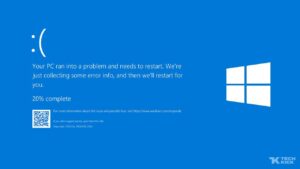Embracing the future of work basically requires us to adapt to the ever-changing dynamics of the workplace. With hybrid work models quickly taking over as a prominent solution, its important to understand its prospects for lasting impact.
What’s Hybrid Work?
Hybrid work blends elements of remote work and in-office work, allowing employees to split their time between working remotely and working from a physical office location. What’s more, it allows employees to enjoy the autonomy and convenience of remote work while maintaining opportunities for collaboration and face-to-face interaction in the office.
What Makes a Hybrid Work Environment?
At the heart of hybrid work is flexibility: prioritizing outcomes over physical presence. A successful hybrid work model allows employees to choose when and where they work based on individual preferences, job requirements, and business needs consequently promoting productivity, efficiency, and work-life balance.
Hybrid Work vs. Remote Work
While hybrid work and remote work share similarities, they differ in their approach to workplace flexibility. Remote work typically involves working entirely outside of a traditional office setting, whereas hybrid work combines remote work with periodic in-person collaboration. Hybrid work models strike a balance between remote and in-office work, offering greater flexibility and adaptability.
Whose Role is it?
The implementation of hybrid work involves collaboration between employers, employees, and organizational leaders. Employers define hybrid work policies, provide the necessary tools and resources for remote work, and foster a culture of trust and accountability. Employees contribute by embracing flexibility, communicating effectively, and maintaining productivity regardless of their work location.
Will Hybrid Work Last?
The rise in popularity of the hybrid work model suggests its here to stay. As more businesses recognize the benefits of hybrid work it’s likely to become a permanent fixture in the modern workplace. However, its long-term sustainability depends on effective communication, supportive infrastructure, and ongoing adaptation to changing circumstances.
In conclusion, hybrid work represents a dynamic and adaptable approach to the modern workplace, offering flexibility, collaboration, and balance. Grasping its fundamentals can empower organizations to transition smoothly and unlock long-term benefits.



